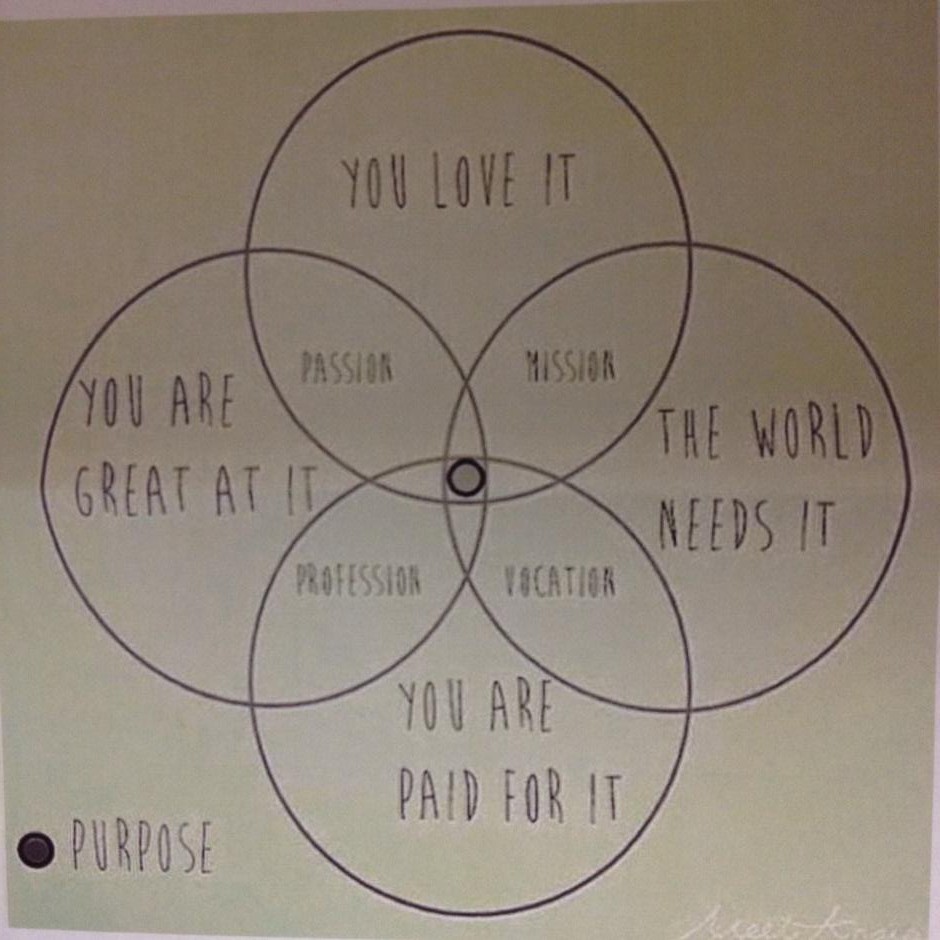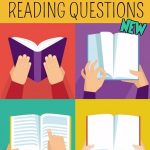Many years ago when I did the Microteaching module on the WIT Literacy Development Higher Certificate Dr Maeve O’Grady asked us to prepare lessons that considered each domain of learning. The language made us take stock, what exactly did she mean? Did she mean learning styles? Was she talking about Multiple Intelligences? Did we need to proof our lessons against Howard Gardner’s distinct intelligences (see my blog from November 2015) or was she talking about Blooms Taxonomy (see my blog from October 2015).
Dr Maeve broke it down into a simple model that I have never forgotten. It was that every lesson plan should engage the head, the heart and the hands. The concept is that real learning and transformation can take place when the cognitive (Head), affective (Heart) and psychomotor (Hands) domains are engaged. By engaging the cognition of the student we share knowledge and skills and facilitate the development of critical reflection. The affective domain is where learning is deepened, where the person can relate and apply in their own lives, where instinctively they feel clarity or it ‘just makes sense’. Engaging the psychomotor domain is not only about having hands-on activities but giving people a chance to try it for themselves or ‘give it a go’.
Ensuring that our delivery is aimed at all 3 – Head, Heart, Hand – we can ensure that real learning takes place, that students have a chance to reflect on the learning, become more knowledgeable, to allow for transformation to take place in their lives. Using this model also means that lessons will appeal to all students in the classroom as some students will have better developed skills than others. Peer learning can take place, students can shine and can show their strengths and everyone can feel a sense of achievement with each class.
This model is also important to be aware for group dynamics as some people can view life through these prisms. For some who are ruled by their heart, they can view the world through how the feel about experiences and the experiences of others. For those ruled by the Head, they prefer structure, information and being given a chance to understand and query data or information. For those who use their hands they like to get stuck in, they like things to be practical and they like the experience of doing.
The Head, Hand, Heart model is one that I often revisit in my work.





